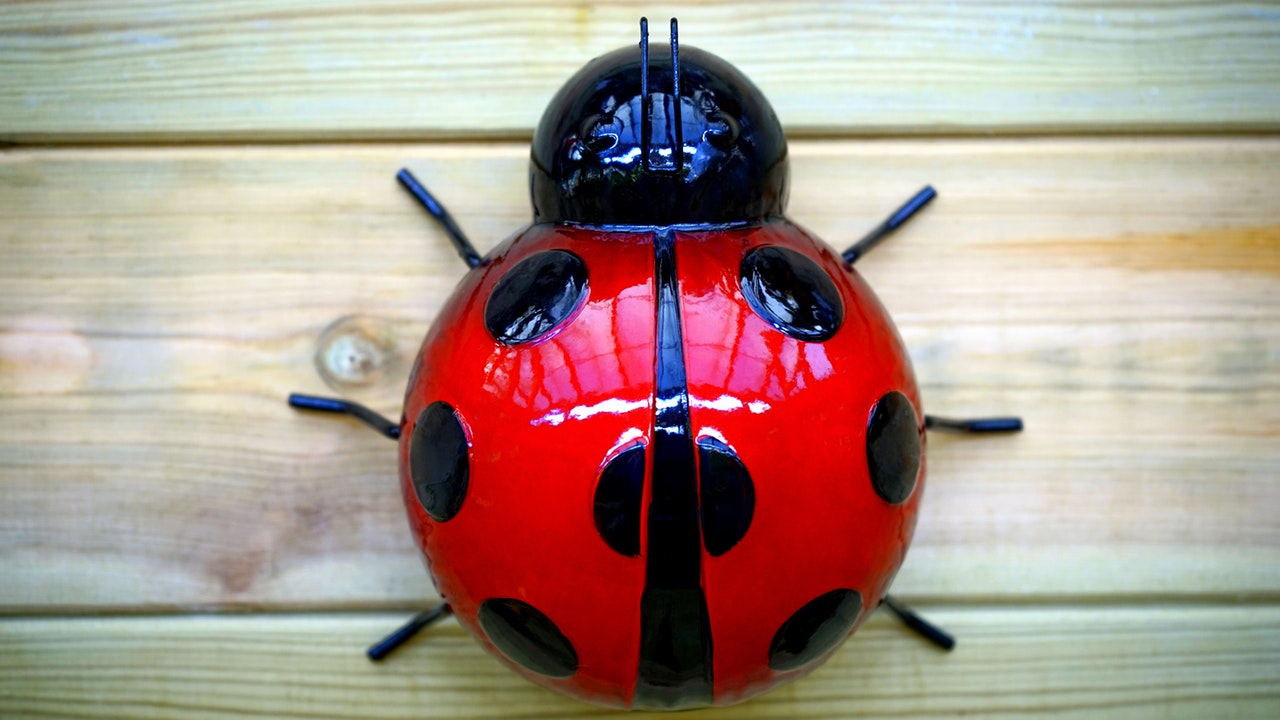
3D prints don’t automatically come out ready and Instagrammable after printing. It takes a fairly good amount of post-processing work to remove the layer lines and marks, especially if the print has supports and other removable appendages, to turn it into its final form. To get your PLA prints looking mirror-smooth, here are 3 ways to polish and smooth them.
Hack #1: Sandpaper

Sandpapering is the oldest and most reliable way of getting mirror-smooth PLA prints. All you need are sandpapers with different grit levels, ranging from 200 to 4000 to get you going.
Before you start smoothing down your PLA prints, remove any support structures and glue the multiple parts together, if there are any. Smooth the surface using sandpaper, starting with the lowest grit and increasing it as you go along.
The best type of sandpaper is the wet/dry ones that have black grit so that you can wet them to cool off the heat generated from the friction caused by sanding. You can also rinse off the sanded particles from the sandpaper.
Hack #2: Epoxy Resin & Paint Coating

Epoxy resin and paint coating is the easiest method of PLA smoothing. If you don’t have the time and energy for tedious sanding, you can simply cover up the layer lines and marks with epoxy resin and paint. Of course, it won’t be as smooth as the sanded ones, but it still works well enough.
Sanding doesn’t smooth the print surface of PLA prints. For blemishes that can’t be removed by mere sanding, you can also coat and paint over them. It gives an almost perfect, smoothest surface for your PLA prints.
The only downside to this method is that epoxy and paint leave a sticky feel to the surface even after fully drying. Paint can also pool in certain areas of the print, particularly if it has ridges and pits.
Hack #3: Heat gun
Using a heat gun is the most difficult of the methods as it has the highest risk of ruining your print and requires a considerable skill level to learn. With this method, you evenly apply controlled heat to the surface of the 3D print for a very short period of time. Be careful not to make it too hot as it might melt your PLA print.
It is the fastest method, particularly with already sanded prints. Unsanded prints take longer to heat.
When doing this, make sure that you are in a properly ventilated space with a face mask to prevent from inhaling the PLA fumes. It is still not safe to inhale PLA.
Get smooth PLA prints with these hacks!
Getting a smooth PLA print is easy with these post-processing techniques. To get the ultimate glossy PLA print, order only high-quality PLA filaments from X3D. Check out our extensive PLA range here. For inquiries, contact us by email and phone.

